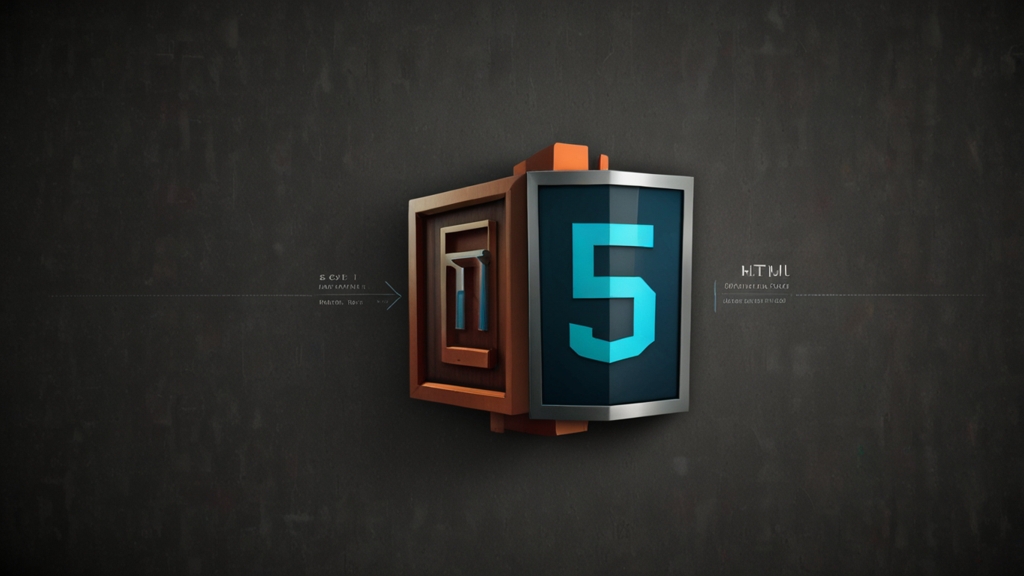C vs Java: The Epic Showdown You Never Knew You Needed
In the world of programming, few debates are as enduring or as passionate as the one between C and Java enthusiasts. Both languages have a rich history, powerful capabilities, and unique benefits that have made them favorites among developers for decades. Whether you're a seasoned programmer or just starting out, understanding the differences and advantages of C and Java can help you make more informed decisions in your coding journey. Let's dive into the epic showdown between these two iconic languages.
History and Development
C, developed by Dennis Ritchie at Bell Labs in the early 1970s, is often referred to as the "mother" of modern programming languages. Its influence is seen in many other programming languages, including C++, C#, and even Java. C's creation was driven by the need for an efficient language that could be used for systems programming and provide low-level access to memory.
Java, on the other hand, was developed by James Gosling and his team at Sun Microsystems in the mid-1990s. Java was designed with the principle of "write once, run anywhere" in mind, meaning that compiled Java code can run on any platform that supports the Java Virtual Machine (JVM). This platform independence, along with its object-oriented features, quickly made Java popular for web and enterprise applications.
Syntax and Complexity
C is known for its simplicity and minimalism. Its syntax is straightforward, but it provides powerful constructs that allow fine control over hardware, memory, and computational resources. However, this low-level access means that C programmers need to manage memory manually using pointers, which can be both powerful and error-prone.
“One of the greatest strengths and weaknesses of C is its detail-oriented nature. It gives programmers precise control, but with that control comes the responsibility of managing every aspect of the program.”
Java, conversely, offers a higher level of abstraction. Its syntax is heavily inspired by C, but it introduces many enhancements that make it more user-friendly and easier to read. Automatic garbage collection in Java handles memory management, reducing the chances of memory leaks and pointer errors. However, this ease of use comes at the cost of some performance overhead.
Performance
When it comes to raw performance, C often has the upper hand. Without the overhead of a virtual machine or garbage collection, C programs can be exceptionally fast and resource-efficient. This makes C a popular choice for system-level programming, embedded systems, and performance-critical applications.
“In performance-critical scenarios, C’s ability to optimize for speed and efficiency is unparalleled. It’s the go-to language for applications where every millisecond counts.”
Java’s performance, while generally slower than C due to the JVM, has improved significantly with modern Just-In-Time (JIT) compilers and other optimization techniques. For many applications, the performance difference between C and Java is negligible, especially given Java's benefits in terms of portability and developer productivity.
Portability
One of Java's most celebrated features is its portability. The slogan "write once, run anywhere" captures the essence of Java’s appeal. The JVM allows Java programs to run on any platform without modification. This cross-platform capability has made Java a dominant language in web applications, enterprise solutions, and mobile development (primarily through Android).
C, while not inherently portable, can be ported across different platforms with some effort. Programs written in C need to be compiled separately for each target platform, and developers might need to make adjustments to account for platform-specific differences.
Use Cases
C is widely used in scenarios where performance and low-level memory manipulation are crucial. Examples include operating systems, embedded devices, game development, and applications requiring real-time processing. Its ability to interface directly with hardware makes it ideal for these contexts.
Java excels in large-scale enterprise environments, web applications, and Android development. Its robust ecosystem, extensive libraries, and frameworks facilitate rapid development and scalability. Java's strong community support and extensive documentation also make it a great choice for beginners.
“Choosing between C and Java often boils down to the requirements of your project. For low-level, high-performance tasks, C is unmatched. For portability and ease of development in larger applications, Java is hard to beat.”
Conclusion
The showdown between C and Java highlights the strengths and disadvantages of each language. C offers unmatched performance and control, making it ideal for system-level programming and performance-critical applications. Java, with its emphasis on portability, ease of use, and a powerful ecosystem, shines in enterprise and cross-platform development.
Ultimately, the choice between C and Java depends on your specific needs, project requirements, and personal preferences. Both languages have stood the test of time and continue to be integral parts of the programming world. Whether you choose the power and precision of C or the versatility and simplicity of Java, mastering either language will open up a world of possibilities in your programming career.







